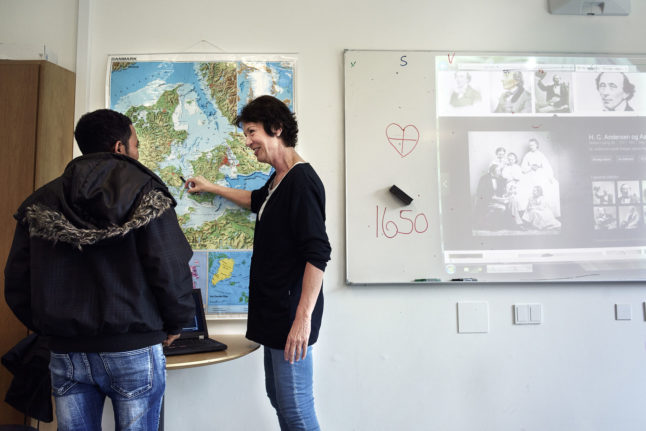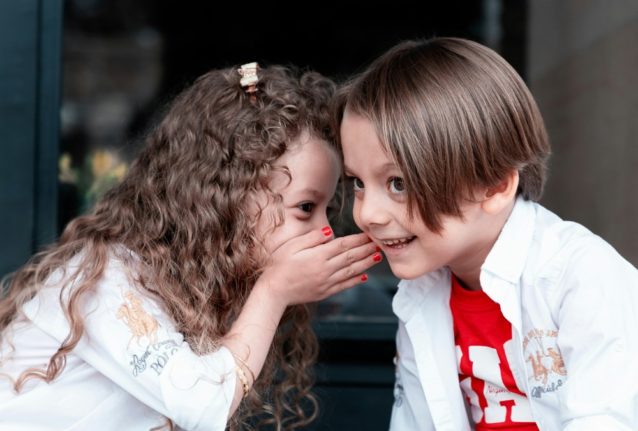A review of Denmark’s existing Danish language school provisions is to be undertaken in an effort to better meet the varying needs of people who take the classes, the Danish Ministry of Immigration and Integration has announced via a statement.
“Many adults today take part in Danish lessons, but the lessons must be better at catering for different target groups with different needs,” the ministry said.
A “cross ministerial working group” will therefore be tasked with looking at ways in which to improve the way lessons are organised, it said in the statement.
All foreigners who legally reside in Denmark, are aged 18 or over and have a CPR (personal registration) number, are eligible for free Danish courses offered by their local municipality.
Depending on the education level and English language skills of the individual, language schools place attendees in one of the three courses available, which are Danish Education 1, Danish Education 2 or Danish Education 3.
Each course consists of six modules. At the end of each course, an exam can be taken which provides a qualification equivalent to the Common European Framework of Reference for Languages (CEFR), which for Danish Education 1 is B1; Danish Education 2 is B1+ and for Danish Education 3 it is C1.
The Danish Language Programme lessons are usually held at various times of the day and evening, twice a week for one to three hours, with homework in between. The lessons can be a mix of in class and online.
The programme is free but a deposit of 2,000 kroner must be paid before starting the classes unless the attendee is enrolled in an integration programme or an au pair.
READ ALSO: What are the alternatives to the free Danish language classes?
The decision to review the existing structure of Danish lessons is part of a 2023 tripartite agreement with trade unions and employer organisations pledging investment in adult education, according to the immigration ministry.
It will aim to provide Danish lessons that better cater for the varying needs of people taking the classes.
“For example, some of the linguistically weakest students of foreign heritage could benefit from more practice-oriented Danish lessons than they receive today,” it said.
“Meanwhile, students with Danish heritage who attend reading and writing lessons, because they find reading and writing difficult, get classes which are less appropriate for them because they are aimed at people who do not speak Danish as their mother tongue,” it said.
The reform commission has also recommended a review of the “organisation and quality” of Danish lessons for adults.
“For a refugee, getting the right Danish language lessons can be decisive for whether the person in question enters work or education and becomes self-supporting,” Immigration and Integration Minister Kaare Dybvad Bek said in the statement.
“For foreign employees, being able to talk to the other parents at kindergarten or school can help create a social network in Denmark, which makes them want to stay and continue to contribute to our society,” he continued.
“It is therefore good that Danish courses are being reviewed so that we ensure we are offering the right thing,” he said.
In addition to the immigration ministry, the Ministry of Education and Ministry of Finance will be involved in the review.
The group will submit a report to the government by summer 2025.



 Please whitelist us to continue reading.
Please whitelist us to continue reading.
I wish they would talked to those people who dropped out of the ‘official’ language education and asked them why. I am an academic and the game pretending there is no grammar irritated me a lot, as well as treating us as children, or people unable to read. In our group we were highly educated, knowing three or four other languages and most dropped out exactly for the reasons I mentioned. Plus it was such a time investment, without any visible benefits.